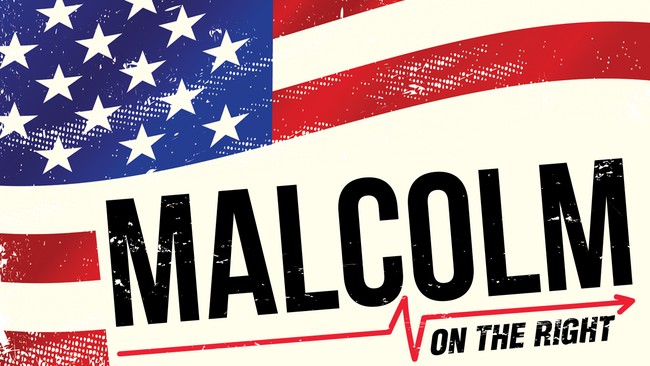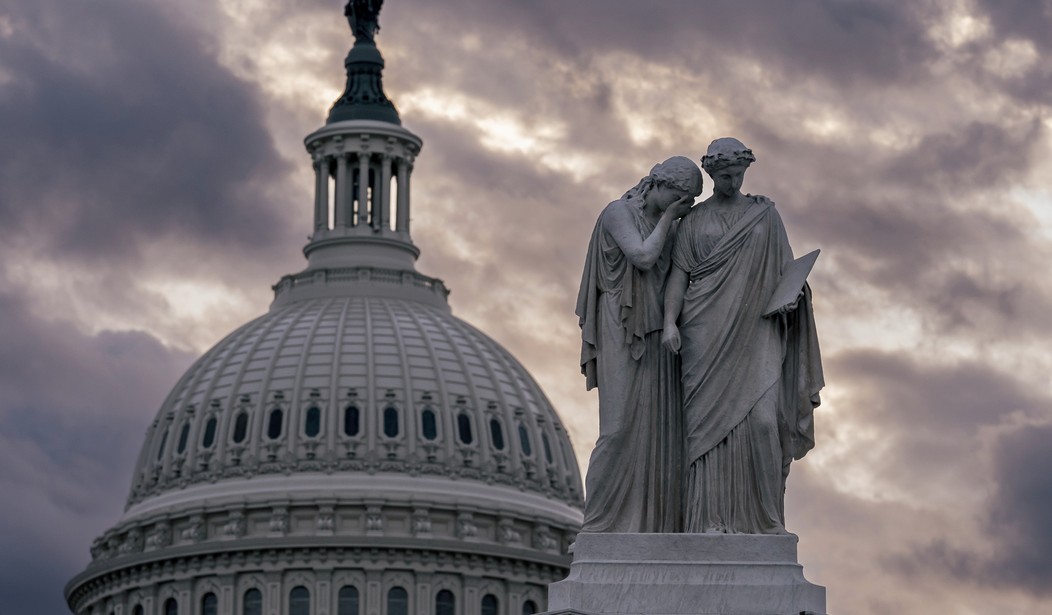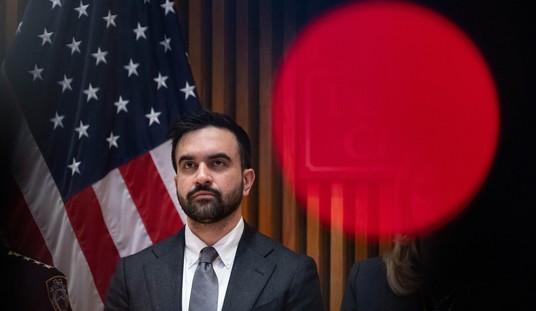One of the great strengths of the United States’ political system has been its domination by two massive parties.
Wise in the ways of human nature, the Founding Fathers were suspicious of political parties, fearing, accurately as it turned out, that each would come to invest more effort in protecting itself than reflecting the collective desires and needs of its adherents.
Until recently, however, each was wise enough and broad enough to encompass a wide array of interests on its side of the political spectrum. At election times, this enabled one of them to cobble together a cooperating coalition to win and then enact a policy program for the next term.
The minority party objected, often strenuously, as opposition parties are supposed to do. But its members generally went along in the larger interests of the nation, until their next chance to compete for voter support.
In the 1964 election, the liberal Democrat ticket of Lyndon Johnson and Hubert Humphrey crushed the conservative Republican offering of Barry Goldwater and William Miller, earning 61 percent of the popular vote, 44 states, and 486 of 538 Electoral Votes.
People worried that the GOP was dead. Only four years later, however, the Republican ticket won the first of two consecutive four-year terms. Then, Democrat Jimmy Carter wrote closure to the Watergate era in 1976.
The delayed conservative triumph brought Ronald Reagan in 1980, increased with the 1984 landslide and, in effect, a third Reagan term with George H.W. Bush in 1988.
However, what happened in 2016 changed everything. An adopted Republican, Donald Trump, narrowly won despite disaffected Republicans.
Patience, tradition, and protocol went out the window. So stunning was Trump’s upset over Hillary Clinton that she, her party, and conniving supporters embedded within the government and dishonest media launched an enduring guerrilla campaign of hoaxes, leaks, and impeachments to destroy Trump, his reputation, and governing effectiveness. More recently, followed by legal indictments.
Trump, being Trump, fought back, often unnecessarily and carelessly. That redirected the 2020 reelection campaign away from an impressive array of fulfilled Trump promises, including tax cuts, surging job and economic growth, actual energy independence, conservative judges and justices, and an assertive foreign policy with no new military involvements abroad.
Campaign themes centered instead on the incessant bipartisan tumult that Trump and Democrats enthusiastically joined.
And voters settled on a limp, seemingly benign elderly man who was very familiar and promised a return to normalcy. Disregarded in the Trump antipathy were ominous signs of Joe Biden’s fading mental and physical condition that now dominate his presence.
But what happened at the same time was a disturbing decay in both parties. Republicans sharply split over Trump and his raucous populism. And the growing number of safe House districts permits congressional behaviors once considered threatening to reelection.
I wrote about this developing chasm more than two years ago when it was growing:
These Republicans and Democrats have become two of history’s longest-lived political parties by sharing one common dominant trait, the ability or proclivity like snakes to regularly shed their ideological skins to match the changing needs and desires of voters. Nineteenth-century politicians would easily recognize today’s partisan media, but not their own parties.
At this moment as a puzzled and polarized nation, we’re witnessing both parties coincidentally struggling to inhabit their new skins. It’s a tedious, tenuous, and even tumultuous process.
Eventually, this pained process hopefully will produce updated models of parties to vie for the ballots of inattentive voters, more than 40 percent of whom do not bother to participate.
Not for the first time, Joe Biden discarded a promise — the return to normalcy — and fanatically embraced a radically progressive spending agenda in excess of $5 trillion that launched a crippling inflation still sapping Americans’ financial resources.
When you combine this with a worsening coarseness in society, a stubbornly firm belief in absolutes, an unusually strong unwillingness to listen and compromise, and chronic disregard for anything resembling the truth, you have the kind of political paralysis we’re witnessing in the House of Representatives' leadership struggles, among other places.

Reportedly followed by threats to some on the other side, all carefully chronicled in minute detail by media relishing each petty squabble and petty retort, as if they matter.
I suspect most of us have seen these fights in our lives, rhetorical and physical. No one gives in.
And what gets lost in the fisticuffs and bloody noses is any sight of a greater good, the original reason the Founding Fathers envisioned public service. Win some. Lose some. Everyone gets part of what they want. And we’ll compete again down the road.
There are no leaders today. And no patience among them or us. Only fighting followers seeking personal wins. That cripples families and sports teams. That cripples elected bodies and governments.
Our elected leader turns 81 in a few weeks but acts 91. He can’t read notes, remember names, or even where he is. The Big Guy is in it for the Big Guy.
The country sees that. The world sees that. Frailty leads to appeasement. It screams weakness and invites trouble, whether in the schoolyard or the Middle East.
Joe Biden wants to keep this job until he’s 86. He can’t do it now, let alone five years from now.
You can see worried Biden aides trying to stop him. But at the moment, there’s no one in sight to say out loud, “Stop!” Because they don’t have the courage and the country’s good in mind, let alone the Democrat Party’s.
Because the party bigs are paralyzed by devotion to their own self-interests, they seem prepared to drive off the cliff next year with an incumbent president who gets lost reading notes and exiting a stage, and a vice president handpicked for reasons other than smarts.
Polls currently indicate members of both Republican parties, the Trump chorus and the many who would prefer someone else, are slowly drifting toward an acceptance that, for better or worse, at least he looks like the inevitable nominee now, barring some dramatic change.
While deep appreciation lingers for his numerous achievements and appointments, fear also lingers over Trump’s pending legal cases. And there is broad concern over his propensity for harsh rhetoric and confrontations, many unnecessary and self-defeating unless gaining media attention is the goal.
All of which begs the question, in these perilous times, what would be best for the United States and its people? Turns out, until now, no one even thought to ask that question.













